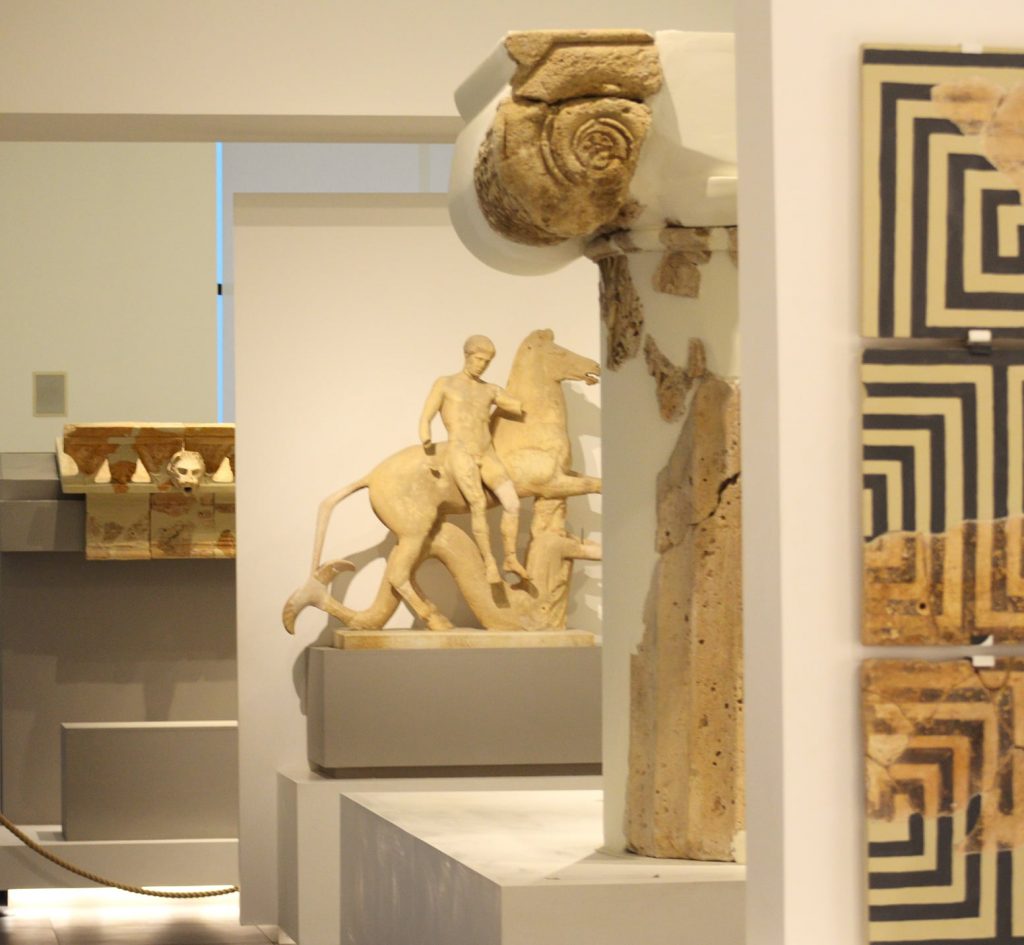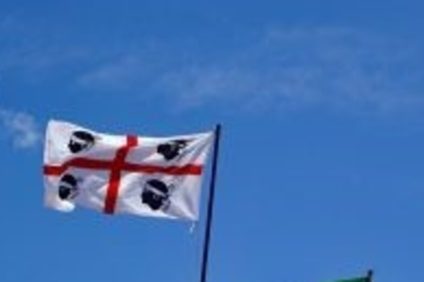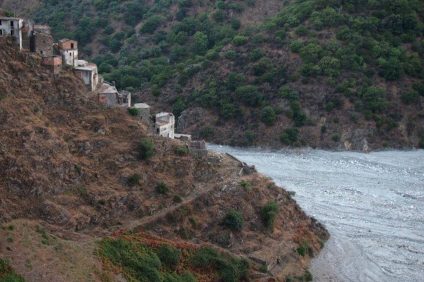The National Archaeological Museum of Reggio Calabria is one of the most representative of the period of Magna Graecia and ancient Calabria. It is undoubtedly to be considered among the most important and prestigious museum spaces in Italy, by virtue of the rich and priceless collections it houses.

Modern structure
Built in 1954 by combining the civic and state collections, it is housed in a large building designed by the architect Marcello Piacentini, from whom it takes its name. Over the years, the museum has undergone significant restoration interventions that have made it a modern, multimedia and interactive structure. Known throughout the world for hosting the famous Riace Bronzes, two masterpieces of bronze statuary from the XNUMXth century BC, it houses a rich collection of finds from all over Calabria, from Prehistory to the late Roman Age.

The Riace Bronzes
The Riace Bronzes now represent the symbol of the city. The two majestic statues, depicting two Greek warriors, were found on August 16, 1972 near Riace Marina. He was the Roman diver Stefano Mariottini to see them on the bottom of the Ionian Sea, at a depth of 230 meters. The two works were raised by the underwater center of the Carabinieri. They were then subjected to an accurate restoration by the Archaeological Superintendence of Tuscany, as well as to radiographic analyzes, necessary to know the internal structure, the state of conservation and the thickness of the metal.

Four levels of exposures
The Archaeological Museum is spread over four levels. On the second floor it houses a section dedicated to Prehistory and Protohistory. Here are also exhibited two skeletons dating back to the Neolithic from the Cave of Romito di Papasidero. The space also hosts everyday life tools, ceramics, metal objects and feminine jewels.

The first floor houses level b, dedicated to “Cities and sanctuaries of Magna Graecia”. On the mezzanine you can see great Templar architectures of the territories of Locri, Kaulonia and Punta Alice. On the ground floor is the room of the Riace and Porticello Bronzes. The latter consist of the sculptures called Head of the Philosopher and Head of Basel, recovered in Porticello, near Villa San Giovanni. Finally, three spaces in the basement are intended for temporary exhibitions. Here there is also the lapidary and a small archaeological area relating to a strip of the necropolis found in 1932, during the excavation work for the foundations of the building.

Flagship
Inside the Archaeological Museum, on the lower floor, technicians specialized in restoration work to restore the best conservation conditions to each find. The museum building overlooks, on one side, Piazza De Nava, in the historic city center, and on the other, on the Falcomatà seafront, overlooking the Strait. The area is well served by transport, therefore easily accessible. The museum represents a pearl in the heart of the city, a real flagship for the works and priceless finds it contains. Anyone who visits Reggio Calabria cannot help but visit it.
(Photo National Archaeological Museum of Reggio Calabria, website)





